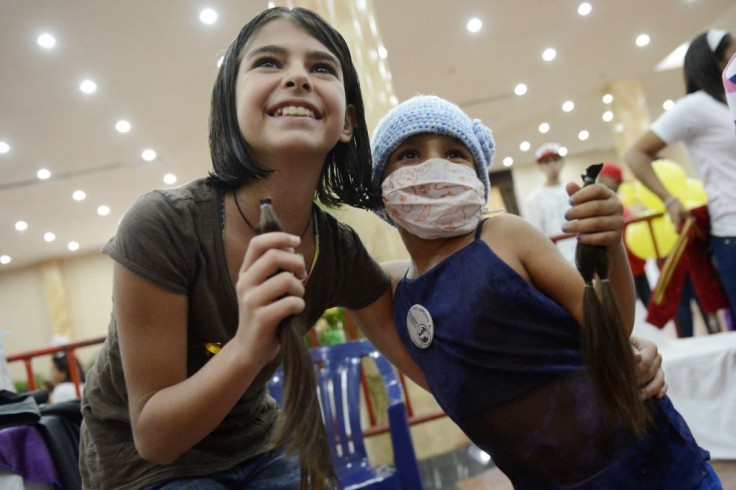
In a notable breakthrough, the Centers for Disease Control and Prevention (CDC) has unveiled a report showcasing a substantial 24% decline in child and teen cancer deaths in the United States from 2001 to 2021.
While this decline is undoubtedly positive, a closer scrutiny of the data reveals complex dynamics concerning child cancer rates, teen cancer deaths, insights from the CDC report, the notable drop in child cancer deaths in 2021, and persisting disparities in pediatric cancer outcomes.
Decline in Child Cancer Deaths, Pediatric Cancer Disparities
The CDC's meticulous analysis focused on death rates among Black, Hispanic, and non-Hispanic white youths aged up to 19 in 2021, constituting a significant 92% of all youth cancer deaths.
Initial findings indicated an overall drop in death rates across all racial groups by 15-17%. However, a closer examination post-2011 showed that only children aged 9 and younger experienced "significant" declines.
Intriguingly, the trajectory revealed a continuous reduction in death rates for white children, a slight decline for Hispanic youths, and a concerning increase for Black youths.
By 2021, the death rate for white youths was 19-20% lower than their Black and Hispanic counterparts, underscoring persistent pediatric cancer disparities.
The Puzzle of Declining Death Rates Amid Rising Diagnoses
Despite the overall positive trend in child and teen cancer deaths, a paradox emerges with a consistent increase in diagnoses over the past decade in the U.S.
The report highlights leukemia, the most prevalent cancer in children, experiencing a significant 47% decline in death rates from 2001 to 2021.
However, a substantial shift occurred in the landscape, with brain cancer emerging as the primary cause of cancer deaths among youths in 2021, surpassing leukemia.
The report attributes these positive trends to advancements in immunotherapy, with a special mention of the groundbreaking treatment, Kymriah, playing a pivotal role in reducing leukemia deaths and offering hope for young patients.
While acknowledging progress, experts in pediatric oncology emphasize lingering disparities among racial groups, potentially linked to unequal access to cutting-edge cancer treatments or specialized treatment centers.
Dr. Paolo Boffetta from the Stony Brook Cancer Center underscores the importance of patients, especially African American children, seeking care at highly specialized pediatric cancer hospitals.
Geographical challenges and the prohibitive cost of treatments like Kymriah, however, pose significant barriers.
Tackling these obstacles, often termed 'social determinants of health,' becomes a vital focus for ongoing research, striving for equitable access to life-saving treatments.
Charting the Course Forward: Advancements and Collaborations
The positive trajectory in declining child and teen cancer deaths aligns with the broader mission of advancing pediatric oncology.
As the CDC continuously monitors and analyzes this data, commendable progress is evident. However, concerted efforts are essential to bridge gaps, tackle disparities, and ensure equitable access to life-saving treatments.
Collaborative initiatives involving healthcare providers, policymakers, and the pharmaceutical industry could hold the key to further advancements, ultimately shaping a future where pediatric cancer disparities are minimized, and every child has an equal chance at a healthy life.
This comprehensive examination of the CDC report not only celebrates the strides made but underscores the urgency of addressing persistent challenges to ensure that the declining trend in child and teen cancer deaths continues on a positive trajectory.
Related Article